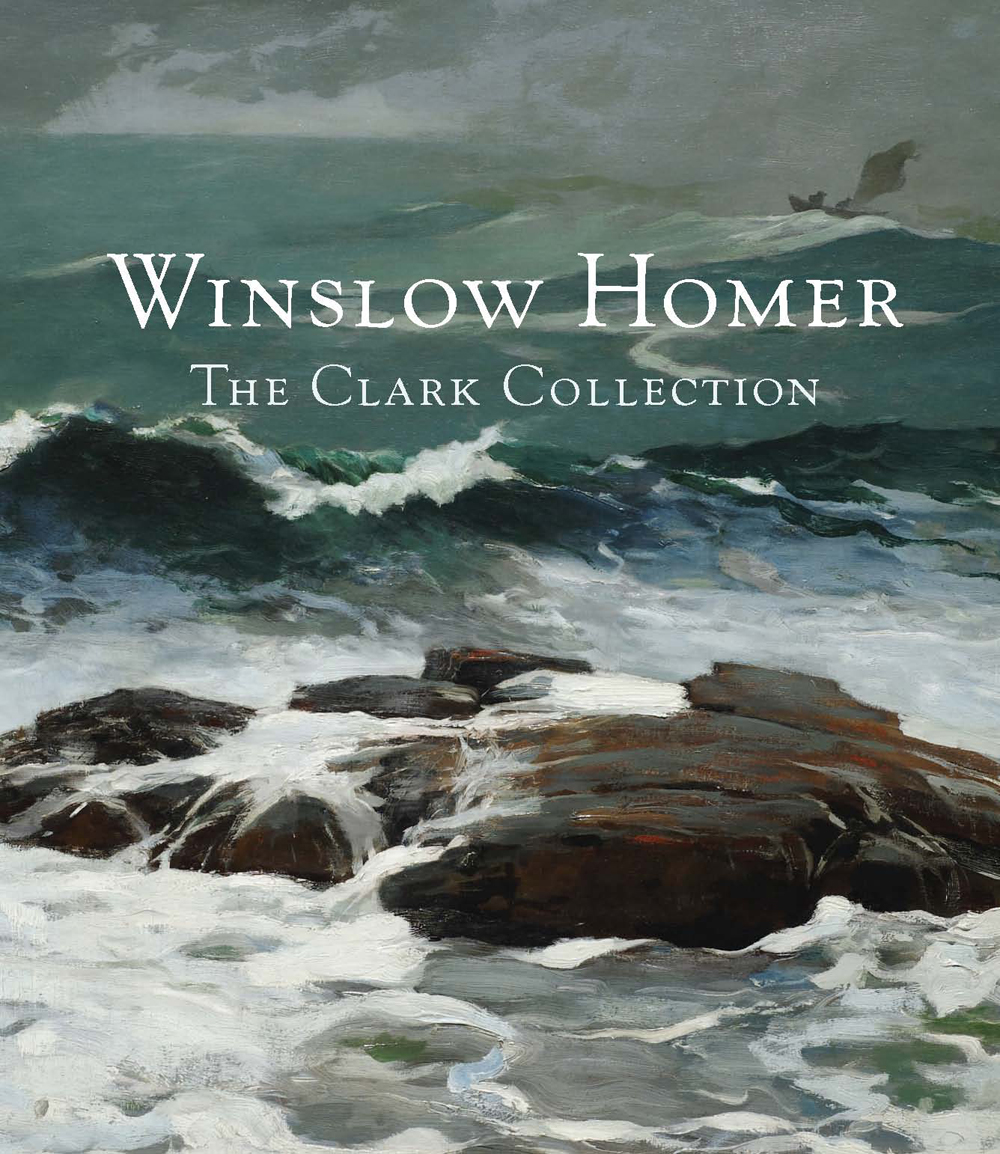
JUne 9–September 8, 2013
ABOUT THE Artist
Winslow Homer (1836–1910) was a primarily self-trained painter in oil and watercolor who, during his lifetime and since, has been lauded as among the most accomplished of American artists. He began his career making illustrations for weekly newspapers. By the mid-1860s, he had gained renown for his oil paintings of Civil War subjects, such as Prisoners from the Front (1866; The Metropolitan Museum of Art, New York), and scenes of country life and leisure. He gave up illustration work in the mid-1870s and focused his attention on watercolor and other fine arts media.
After spending two years (1881–82) honing his craft and creating images of the fishing culture of the English village of Cullercoats, Homer returned to America and moved into a studio in Prout’s Neck, Maine. He turned increasingly to life on or at the edges of the sea for his oil paintings, and works such as Life Line (1884; Philadelphia Museum of Art) document his fascination with the often adversarial relationship between mankind and the ocean. For both sport and inspiration, Homer traveled along the Atlantic seaboard, from Maine to Florida, and inland from the Adirondacks to the Laurentians. These travels are reflected in his work, especially in scenes of deer hunting and fishing. In his later paintings, the meeting of wave and rock at Prout’s Neck, in various conditions of light and weather, became the elemental subject that riveted his attention and on which his reputation has significantly depended.

